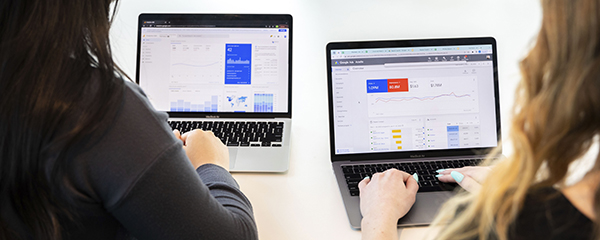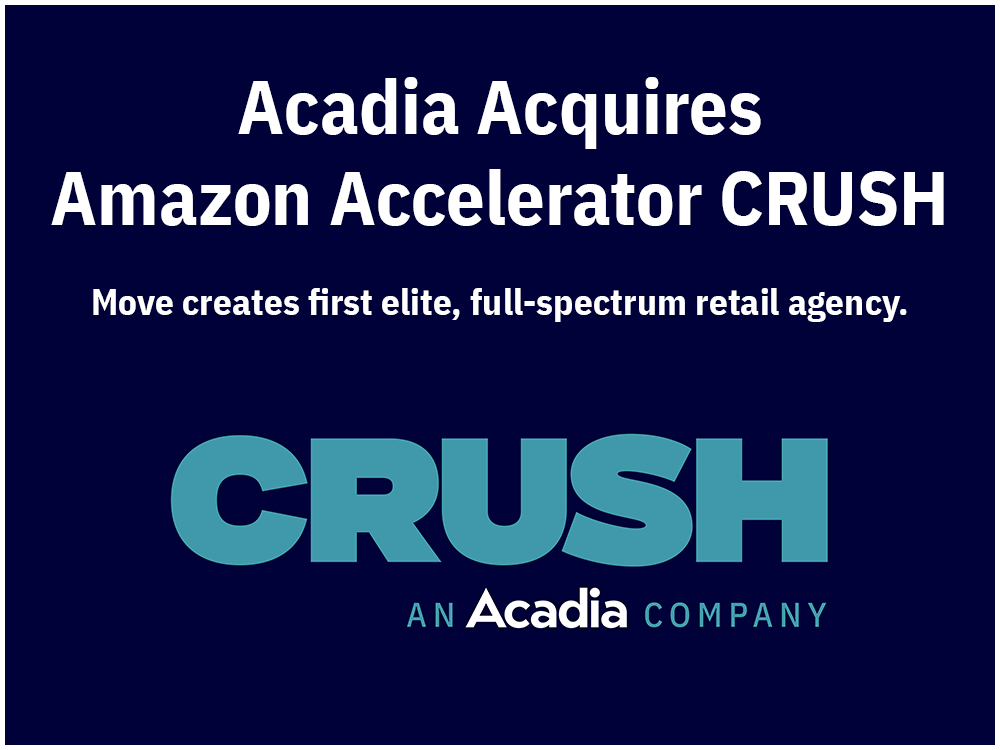Many brands I speak to rely on gut instinct to figure out who their customers are and how they discover products. But it doesn’t have to be this way. These brands are usually sitting on critical insights about the shopping journeys of their customers—they just have to clean up their data first.
And to do that, they need to build a CDP.
CDP stands for “customer data platform,” and it is a centralized location to store all of your first-party customer data in one place. CDPs take a bunch of fractured buckets of information—such as website browsing data, purchase data, loyalty program sign ups, and more—and centralize it all in a unified home.
Ideally, CDPs can map out every node in a customer’s journey, from initial awareness to actual purchase and repurchase to loyalty program signup. And today, as privacy changes from Apple and Google continue to shake the ad industry, CDPs are becoming more critical as a way to track how your customers engage with you. In one 2022 survey, two-thirds of brands said they believed that the value of a CDP would grow in the next 1-3 years.
What is a CDP, and what can it do?
I often encounter brands that assume CDPs are only for large, enterprise businesses. That may have been true 10 years ago, but fortunately is not anymore. My rule of thumb is, when your brand gets large enough that you can’t physically communicate with each of your customers, you have to rely on technology.
Whether you have 10k or 10m customers, you need to be able to collect and deploy your first-party data. That’s where a CDP comes in.
A CDP has a few main functions:
- Capturing customer data. CDPs collect information on how shoppers are engaging with your products. Ideally, a CDP will know that a customer viewed a spatula on your website one week, a mixing bowl the next, and signed up for your loyalty program the week following.
- CDPs can map out all of the touchpoints a shopper has with your brand. They take data from your loyalty programs, marketing emails, website interactions, and actual transactions, and they unify it.
- Identity resolution. Let’s say you’ve completed step one. Now you have customer data from physical store sales, website visits, and maybe, say, a phone call with customer service. How do you figure out when the same person is showing up in your data twice? When, say, a website visitor is also your email subscriber?
- CDPs use a mix of identifiers to link together customers in your data, so you will have a clearer sense of all of the touchpoints a shopper has had with your brand, regardless of the platform.
- Integrating with other marketing platforms. Your first-party data shouldn’t just languish in your CDP. You want to integrate it with other marketing software so you can refine your shopper personas and your ad targeting elsewhere.
- For instance, you can easily upload your CDP data into Amazon Marketing Cloud, where it gets encrypted and then matched up with Amazon’s own user data. Amazon Marketing Cloud can tell you if the customer who viewed bedsheets on your DTC site ended up buying pillows from you on Amazon.
- Your CDP data can also directly inform your use of Amazon and Walmart DSP ads. By mingling your CDP data with DSP platforms like Walmart and Amazon, you can run ads that reach customers who have already interacted with your products. DSP lets you reach these customers on more platforms, such as through connected TV.
- Similarly, you can push your CDP data into outside ad platforms like Facebook. The first-party insights from your CDP will help you target your existing customers on Facebook or build lookalike audiences based off of them.
CDPs are the first step to personalized marketing. A core function of a CDP is that it lets you personalize your marketing messages to specific customers. For instance, I recently worked with a high-end luxury client on a CDP. We knew that customers who shop for luxury brands rarely make a purchase on impulse. It usually takes multiple site visits to convince someone it’s worth spending that kind of money.
A CDP is ideal for a situation like this. In the case of the luxury brand I worked with, the CDP tracked what a specific customer was browsing on their site. From there, the brand could push out advertisements featuring products like the one the shopper already viewed. This brand sent the data to Amazon DSP and ran programmatic ads re-targeting website visitors with products similar to the one they already viewed. The brand also personalized its marketing emails to each shopper based on where they were in the customer journey.
Personalization like this cannot happen without strong audience measurement capabilities. Building a tailored CDP is a critical first step in maturing your measurement tools.

Okay, so why don’t more brands have CDPs?
My point of view is that a CDP can serve brands of virtually any size. But there are a couple of key limitations to know:
It’s getting harder for CDPs to pull first-party data. Historically, CDPs have relied on cookies and other tracking identifiers to map out which customers are interacting with your products. But as Google and Apple introduce new privacy changes, it’s getting harder to measure the minutiae of how customers use your website.
We recently had a client who decided to test their website data-capture capabilities. They clicked around their own website, then exited the session. Later, they started a new session and clicked around again. Ideally, a CDP would have been able to track that this was the same person, returning across multiple sessions. But instead, the CDP saved the data as belonging to 20 different sessions because of how limited the use of cookies is becoming.
That depth of failure is relatively rare, but it underscores that CDPs are still adjusting to the raft of privacy changes.
The average cost of a traditional CDP is expensive. For years, CDPs were sold as all-in-one, bundled software solutions. One company would do all three of the tasks that I listed above—capturing data, ID resolution, and pushing out data.
This approach made CDPs pricey. Arguably, it also made them worse: I’ve spoken to countless brands who are happy how their CDP performs for, say, ID resolution, but are unimpressed with its data capture tools.
But there’s a solution: Unbundle your CDP
At Acadia, we believe in piecing together a CDP based on the best-in-class technology tools for each specific task. We choose the best data-warehouse software (like Snowflake), the best ID-resolution software, and best 1P data integration software.
This unbundled approach is called “composable CDP,” and we find that it is not only much cheaper than the traditional CDP route, but our clients also like it better. Working with us, Acadia clients get a CDP composed of the best tools for their specific needs.
To find out more about how our team can build a lightweight, cost-effective CDP tailored to your needs, schedule a meeting with our Analytics team.

